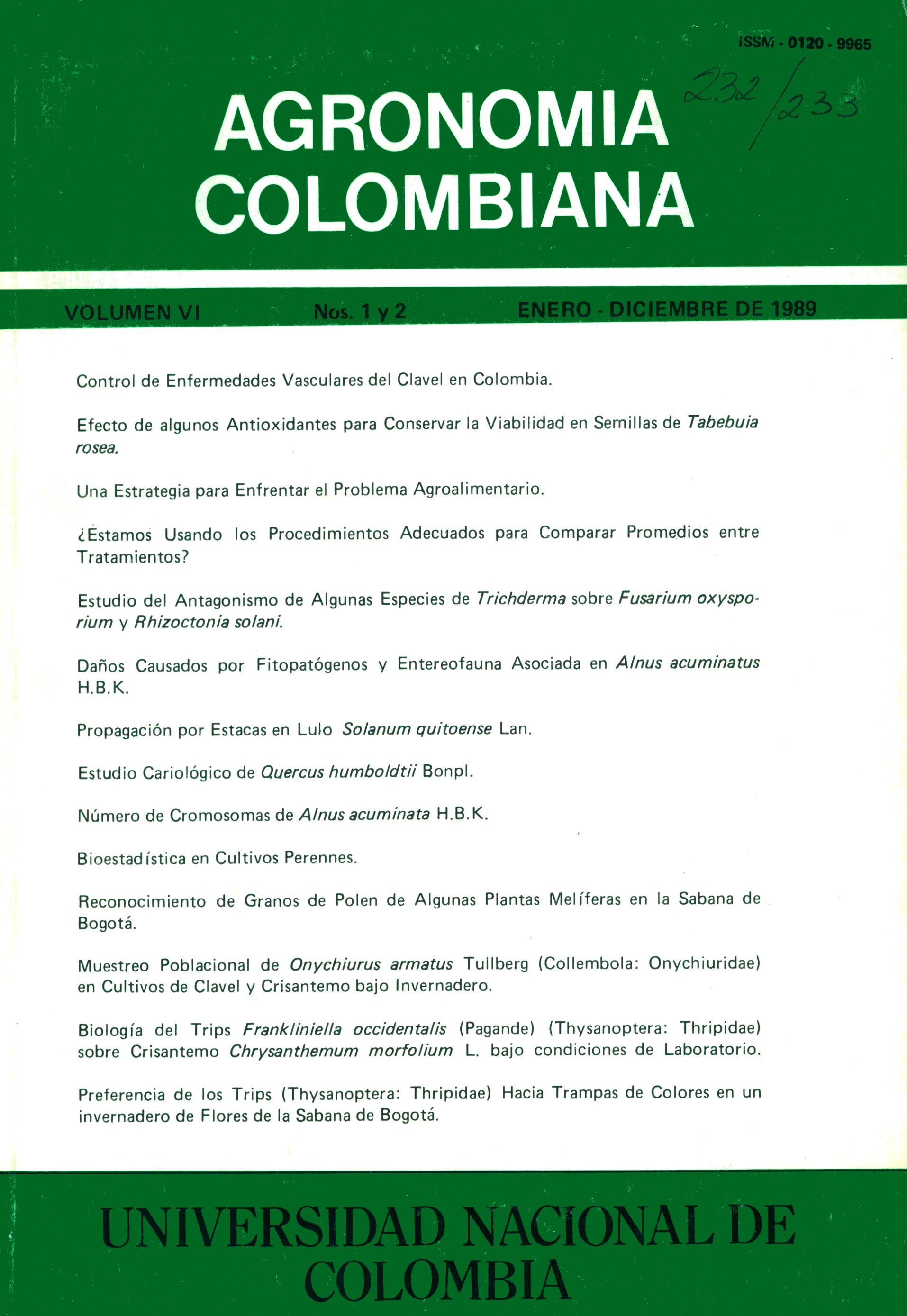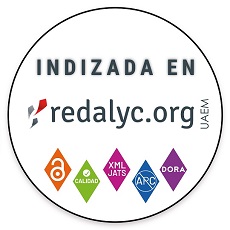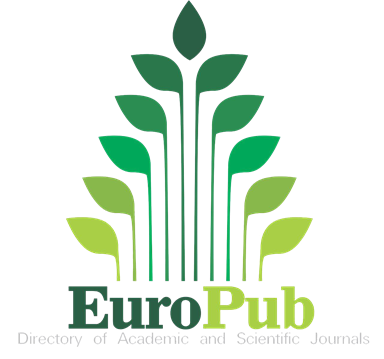Seleccion de híbridos de especies de papa por resistencia a Phytophthora infestans (Mont) de Bary, fertilidad masculina y potencial productivo
Hybrid selection of potatoe species for resistance to Phytophthora infestans (Mont) de Bary, male fertility and productive potential
Keywords:
phytophthora infestans, papa, fertilidad masculina, híbridos, especies, bary, potencial, productivo, invernadero, cultivos, genotipos (es)Downloads
primitivas y/o cultivadas de papa. Luego de un primer ciclo de selección los genotipos escogidos se evaluaron en campo por
resistencia a la enfermedad, fertilidad masculina y potencial productivo (kg/planta). En invernadero se encontró buena resistencia a razas no específicas de P. infestans en las progenies de los cruzamientos simples con phureja, que incluían las especies silvestres polyadenium, stoloniferum, iopetslum, . avilesii y okadae y susceptibilidad en los que
tenían las silvestres -dodsii, abancayense, embosinum, canasense, gandarillasii, pampasense, marinasense yalandiae. Al final del segundo ciclo de evaluación
en campo se seleccionaron 27 genotipos: 5 de cruzamientos simples, 9 de cruzamientos triples y 2 de cruzamientos múltiples que incluyen especies silvestres en su pedigree
(avilesii, brachycarpum, stotontterum, iopetalum, hougasii, eceule) y los 11 restantes incluyen genotipos primitivos y/o avanzados. Un excelente potencial productivo se encontró
en genotipos del cruzamiento interéspecífico avílesíi x phureja, y en genotipos de cruzamientos triples que incluyen las especies hougasii o acaule. La fertilidad masculina
de los genotipo evaluados osciló desde esterilidad hasta alta fertilidad.
for resistance to the disease, for male fertility and productive potentíal (Kg/plant). Under greenhouse conditions was found
a good resistance to no especific races of P. infestans in the progenies of the simple cross with phureja, that included the wild spicies polyadenium, stolonilferúm, iopetalum, avilesii,
okadae, and susceptibility in those that had dodsli, abancayense, ambosinum, canasense, gandarillasii, pempesense, marinasense and stenaie« wilds. At tha and of the second cycle of evaluation in the fielcfihere were selected 27 genotypes: 5 of simple crosses, 9 of triple crosses,
2 of multiple crosses that included wild species in their pedigree (avilessi, brachycarpum, stoloniterum, iopetalum, hougasii, acaule) and the other 11 included primitive
or advanced genotypes. An excellent productive potential was
found in genotypes of interespectific cross of avilesii x phureja, and genotypes of triple eross that ineluded the hougasii or sceute speeies. The male fertility of the evaluated
genotypes oseillated from sterility to high fertility.
How to Cite
APA
ACM
ACS
ABNT
Chicago
Harvard
IEEE
MLA
Turabian
Vancouver
Download Citation
Article abstract page views
Downloads
License
Copyright (c) 1990 Agronomía Colombiana

This work is licensed under a Creative Commons Attribution-NonCommercial-ShareAlike 4.0 International License.
© Centro Editorial de la Facultad de Ciencias Agrarias, Universidad Nacional de Colombia
Reproduction and quotation of material appearing in the journal is authorized provided the following are explicitly indicated: journal name, author(s) name, year, volume, issue and pages of the source. The ideas and observations recorded by the authors are their own and do not necessarily represent the views and policies of the Universidad Nacional de Colombia. Mention of products or commercial firms in the journal does not constitute a recommendation or endorsement on the part of the Universidad Nacional de Colombia; furthermore, the use of such products should comply with the product label recommendations.
The Creative Commons license used by Agronomia Colombiana journal is: Attribution - NonCommercial - ShareAlike (by-nc-sa)

Agronomia Colombiana by Centro Editorial of Facultad de Ciencias Agrarias, Universidad Nacional de Colombia is licensed under a Creative Commons Reconocimiento-NoComercial-CompartirIgual 4.0 Internacional License.
Creado a partir de la obra en http://revistas.unal.edu.co/index.php/agrocol/.




















